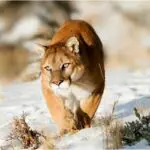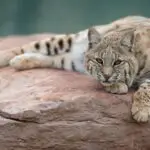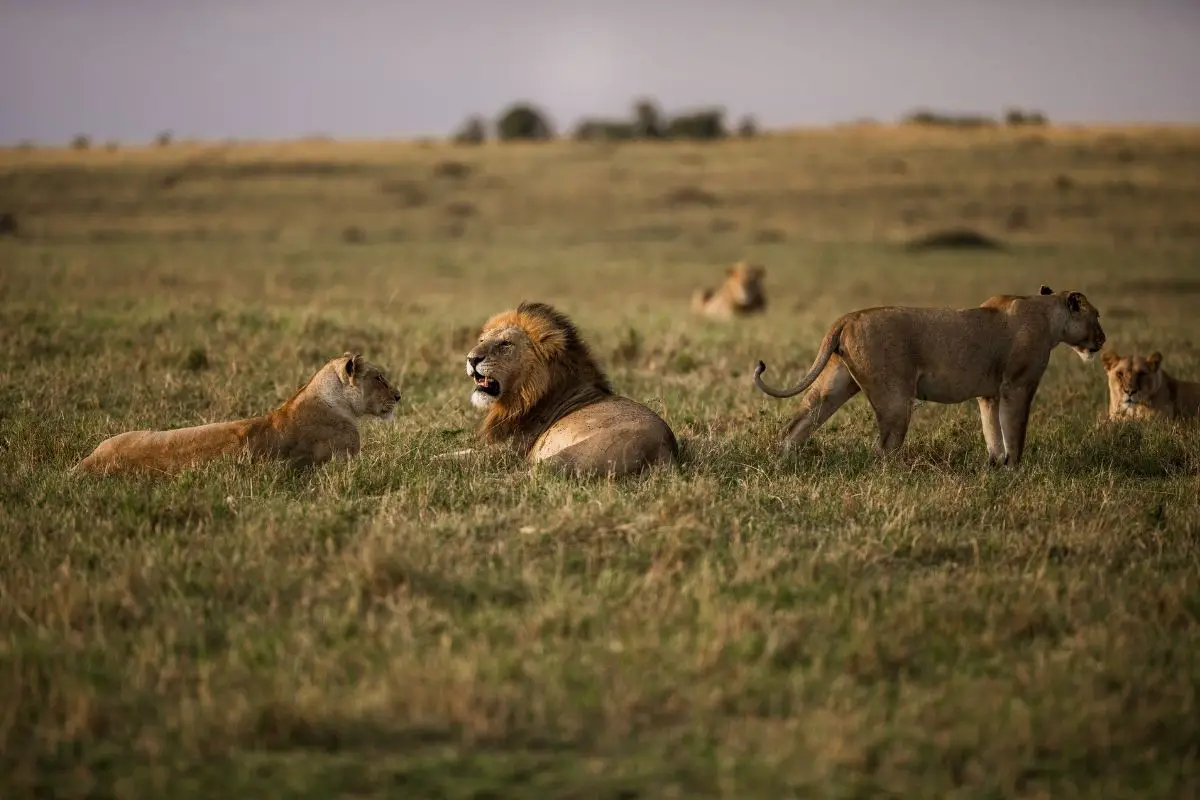Updated: July 2025
Mountain lions, also known as cougars or pumas, are North America’s second-largest wild cat species. Despite sharing ancestry with domestic cats, these powerful predators pose a real threat to household pets in many regions across the continent.
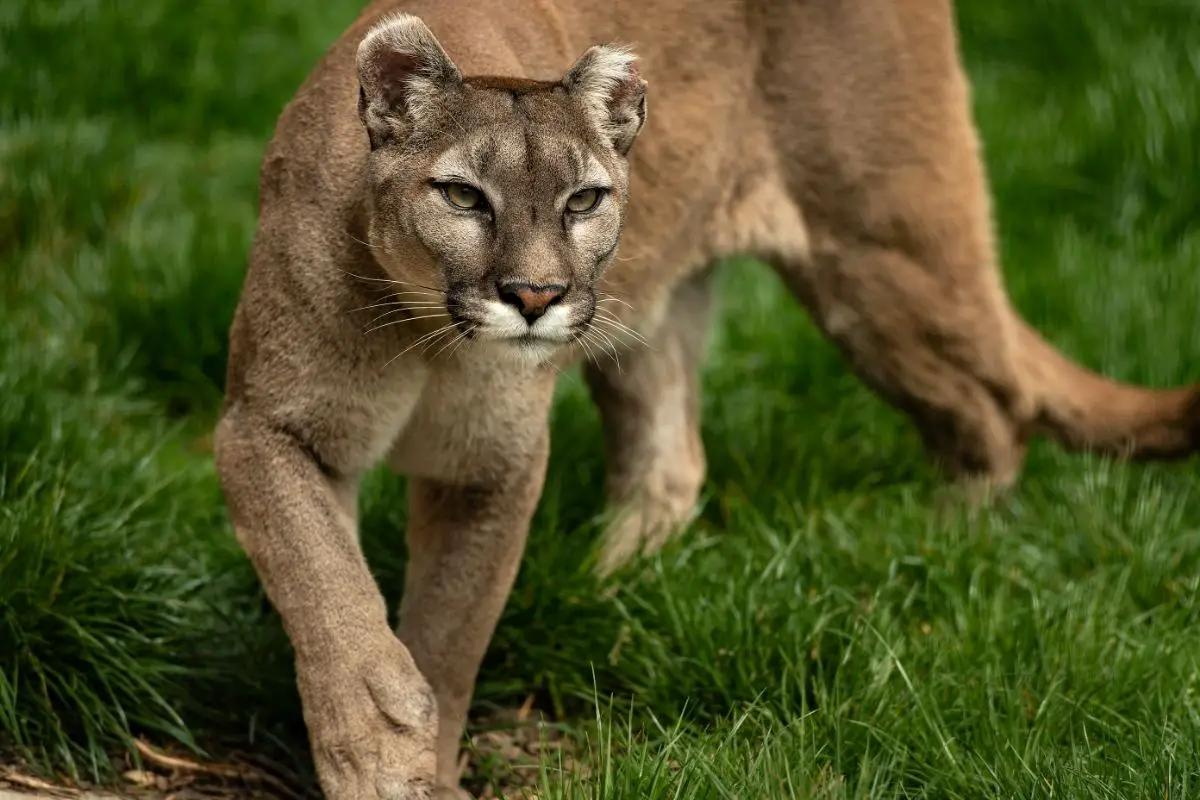
These magnificent cats have one of the largest ranges of any wild land animal in the Western Hemisphere, spanning from Canada’s Yukon Territory down to the southern tip of Chile. Understanding their behavior and diet is crucial for pet owners living in mountain lion territory.
This comprehensive guide explores mountain lion behavior, hunting patterns, and most importantly, answers the critical question: do mountain lions eat cats?
Understanding Mountain Lions
Mountain lions are solitary, crepuscular predators, meaning they’re most active during dawn and dusk hours. These apex predators are incredibly adaptable, which explains their success across diverse habitats.
Key Mountain Lion Facts:
- Weight: 64-220 pounds (males larger than females)
- Length: 3-5 feet (body), plus 2-3 foot tail
- Lifespan: 8-13 years in the wild
- Territory: Males: 100-300 square miles; Females: 20-60 square miles
Female mountain lions are responsible for hunting and providing food for their kittens. They’ll travel extensive distances to find prey, especially when food is scarce or when supporting growing cubs.
Mountain lions typically establish dens in rocky outcroppings, dense vegetation, or caves. They move through their territory in strategic patterns, using natural cover to remain hidden while hunting.
Unfortunately, wild mountain lions face numerous threats including habitat loss, vehicle strikes, hunting, and human-wildlife conflict. These pressures significantly impact their survival rates.
Mountain lions serve as keystone species in their ecosystems. Their presence controls prey populations, which in turn affects vegetation patterns and overall ecosystem health. Removing mountain lions from an area can trigger cascading effects throughout the food web.
Mountain Lion Habitat in 2025
Mountain lions demonstrate remarkable adaptability, thriving in environments ranging from snowy Canadian forests to tropical Central American jungles. However, their historic range has been dramatically reduced.
Current Mountain Lion Range:
- Western United States: 15 states maintain stable populations
- Canada: British Columbia, Alberta, Saskatchewan, and Manitoba
- Central/South America: Throughout most countries
- Eastern US: Small population in Florida (Florida panther)
Historically, mountain lions roamed across most of North America. Bounty hunting programs in the early 1900s devastated populations, particularly in eastern states. Combined with habitat loss, poisoning, and human encroachment, mountain lion numbers plummeted dramatically.
Today’s mountain lions face new challenges as urban development continues expanding into their remaining habitat, creating more opportunities for human-wildlife encounters.
Mountain Lion Senses and Hunting Abilities
Mountain lions possess extraordinary sensory capabilities that make them formidable hunters, especially in low-light conditions when many pets are most vulnerable.
Vision: Their large, oval pupils provide exceptional night vision with a wide field of view. During daylight, pupils contract to pinpoints, protecting light-sensitive cells while maintaining sharp focus.
Hearing: Mountain lions can detect ultrasonic frequencies and move their ears independently to pinpoint sounds. Enlarged auditory bullae enhance their sound sensitivity significantly.
Smell: While primarily used for territorial marking and finding mates, their keen sense of smell also helps locate potential prey, including domestic animals.
What Mountain Lions Eat
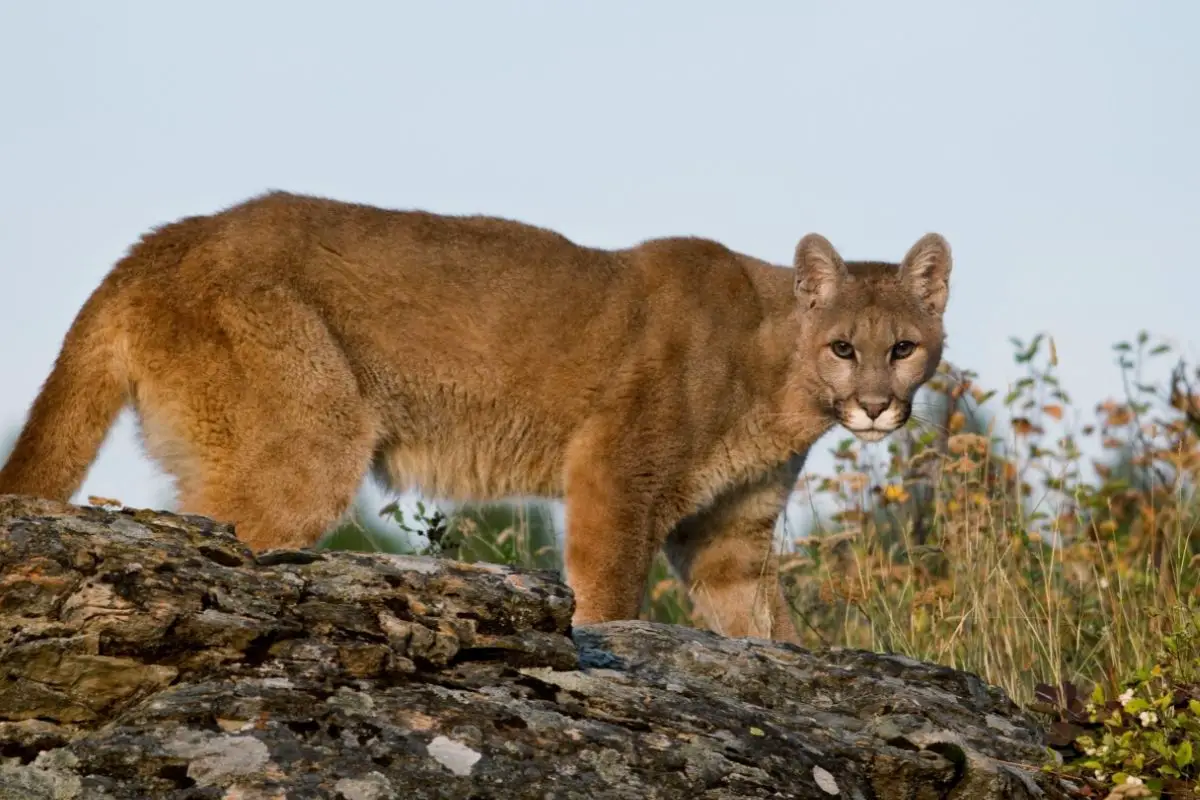
Mountain lions are obligate carnivores, meaning they require meat to survive. Their diet consists entirely of animal protein, and they’re equipped with specialized anatomical features for killing and consuming prey.
Typical Mountain Lion Diet:
- Primary prey: Deer (60-80% of diet)
- Secondary prey: Elk, moose, bighorn sheep
- Small prey: Rabbits, rodents, birds, fish
- Opportunistic targets: Domestic animals, livestock
A single mountain lion can consume up to 30 pounds of meat in one feeding. They typically eat at the kill site initially, then may drag or carry prey to a secluded location. Unlike scavengers, mountain lions often bury unfinished carcasses and return later to continue feeding.
Hunting Adaptations:
- Canine teeth: Up to 2 inches long for delivering killing bites
- Carnassial teeth: Specialized molars for shearing meat
- Retractable claws: Sharp, curved claws for gripping prey
- Powerful hindquarters: Enable leaps up to 40 feet horizontally
Mountain lions are ambush predators that rely on stealth and explosive power. They often wait in trees, on rocky ledges, or in dense cover before launching surprise attacks. Their preferred killing method involves a powerful bite to the neck or skull, often severing the spinal cord for an instant kill.
Cub Development:
- 0-4 months: Cubs nurse exclusively on mother’s milk
- 4-6 months: Begin eating regurgitated meat
- 6-12 months: Learn hunting skills on small prey
- 12-24 months: Become proficient hunters before dispersing
Do Mountain Lions Eat Cats?
Yes, mountain lions do eat domestic cats. This isn’t surprising behavior—it’s a natural response when these opportunistic predators encounter small, vulnerable prey animals.
Why Mountain Lions Target Pets:
- Easy prey: Domestic cats lack wild survival instincts
- Convenient size: Cats are within the mountain lion’s preferred prey size range
- Accessible locations: Outdoor cats are vulnerable, especially at dawn/dusk
- Reduced natural prey: Habitat loss forces mountain lions to seek alternative food sources
High-Risk Situations:
- Outdoor cats left unattended
- Properties adjacent to wildland areas
- Areas with recent mountain lion sightings
- Locations with abundant deer populations
Mountain lions don’t specifically target cats over their natural prey, but they will take advantage of any available food source. Household pets including dogs, cats, and small livestock can all fall victim to mountain lion attacks, particularly when natural prey is scarce.
Pet Safety Measures:
- Keep cats indoors, especially during dawn and dusk
- Build secure outdoor enclosures (“catios”)
- Remove attractants: bird feeders, pet food, water sources
- Install motion-activated lighting
- Maintain clear sightlines around your property
Protecting Your Pets and Property
Creating a Mountain Lion-Resistant Environment:
- Secure food sources: Store pet food indoors
- Eliminate water sources: Fix leaky faucets, drain standing water
- Remove shelter: Clear dense vegetation, secure crawl spaces
- Install deterrents: Motion sensors, noise makers, bright lights
- Fence considerations: 8+ foot fencing with inward-angled tops
Final Thoughts
Mountain lions eating cats is an unfortunate but natural occurrence in areas where human development overlaps with mountain lion habitat. The best protection is prevention—keeping cats indoors and creating secure outdoor spaces when necessary.
Supporting habitat conservation and wildlife corridors helps ensure mountain lions have adequate natural prey sources, reducing the likelihood they’ll seek alternative food sources like domestic pets. Coexistence is possible when we understand and respect these magnificent predators’ needs while taking appropriate precautions to protect our beloved companions.
- Bengal Cat vs Wild Bengal Tiger: Complete Comparison 2025 - October 31, 2025
- Complete Wild Cat Spotting Guide for Hikers 2025 - October 31, 2025
- Lynx vs Bobcat: Complete Field Identification Guide 2025 - October 30, 2025


